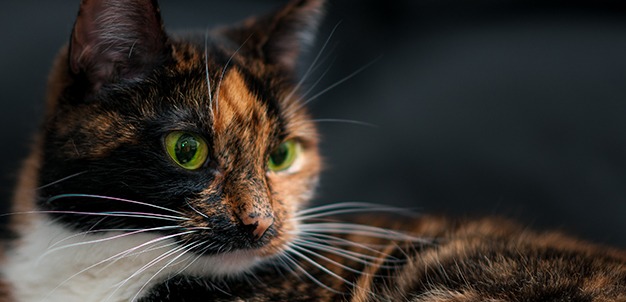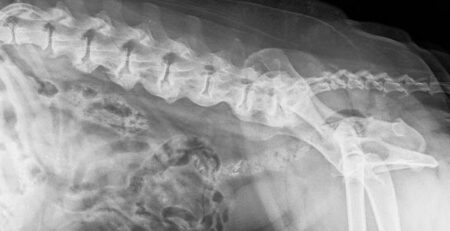Table of Contents
Cats really do have super powers, and these reside right in their whiskers.
If you have the belief that your cat is a little magical but your friends take you for a fool, know that you are exactly right.
From now on you can shut them up by proving that what you say is true because cats are really special, almost magical.
Cat whiskers are called vibrissae, and the term comes from the Latin word “vibrissa,” which means to vibrate.
The amount of vibrissae can vary by species but in general most cats have between 12 and 24.
Normally, vibrissae are found on the cat’s snout but also above the eyes, on the chin and also behind the front legs.
The mustache is not a mere hair
They are made of keratin and are much longer, thicker and more sensitive than other hairs.
Unlike the rest of the hairs in the coat, whiskers are located in a deeper area of the skin i.e., the hypodermis, which is surrounded by nerve endings and highly capillarized.
Precisely because they are located in heavily innervated areas, the whiskers have a significant connection with the nervous system and particularly the somatosensory system.
This means that they are a transmission pathway for tactile, proprioceptive, thermal and pain impulses.
How does the mustache transmit these impulses?
Vibrissae act like real radars and first and foremost pick up air displacements.
The stimulus received externally generates a movement transmitted from the whisker to the hair follicle from where it leaves for the brain to be decoded and produce a response.
Thus, therefore, the cat makes contact with its surroundings, senses the presence of something or someone approaching it (a prey or a threat) and avoids obstacles.
The length of the mustache is not random
A cat’s whiskers are the same length as the width of its body.
This measurement is useful for him to know whether or not he can pass in tight spaces.
In general, the chubbier a cat is, the longer its whiskers will be.
Vibrissae continue their monitoring work even while the cat sleeps
If you observe your cat while he sleeps, you will notice that with every surrounding noise his ears make barely perceptible movements and his vibrissae throb.
Hearing, smell, and vibrissae remain active, however, and the cat, always alert, reacts immediately to any external stimulus.
This explains how cats can sense even the invisible and are really somewhat magical and absolutely special animals.
Treat your cat’s whiskers with as much care and attention as possible
Above all, never let it occur to you to cut, shorten or tear them.
You would deprive your cat of his sixth sense and make him totally insecure and disoriented.
Is your cat losing its whiskers?
You may happen to find your cat’s vibrissae on the ground from time to time.
Well, know that this is a physiological and completely natural phenomenon.
Just as happens with nails, periodically vibrissae also fall off and are replaced by new ones within a few weeks.
You have nothing to worry about unless you realize that they will not grow back.
If this is the case, it is advisable for you to discuss this with your trusted veterinarian.
If you have any questions or concerns, know that at Clinica La Veterinaria, our Staff Veterinary Doctors are always ready and available for examinations and consultations.
In this regard, we would like to remind you that Clinica La Veterinaria is always open daily h24 including holidays and with First Aid service from 8 pm to 8 am.
For the joy of seeing them HAPPY











